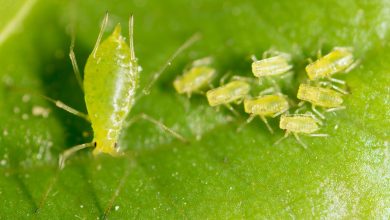Erica gracilis: pink heather care
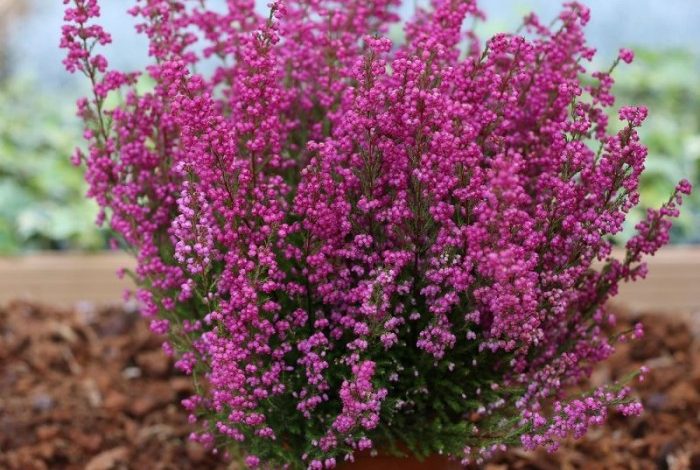
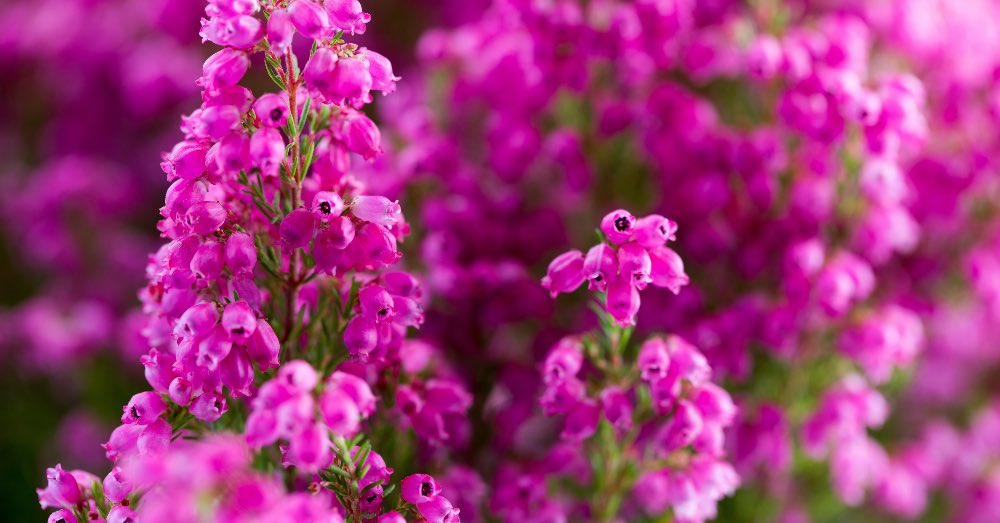
It is one of the quintessential autumn plants. The Erica gracilis or pink heather is one of the favorites to decorate flowerpots, make centers along with Cyclamen and dwarf conifers; or even to be enjoyed alone. A plant that, with the arrival of this pre-winter season, covers its stems with a usually pink bloom that is perfect for decorating any space with a wild or rustic touch.
Despite its popularity, Erica gracilis is a plant originally from South Africa, although it can also be found in the Canary Islands and other less warm areas of Europe. However, despite this detail, it is an extremely versatile species and can be cultivated even in climates with moderate frosts. Although it is included in the category of shrubs, it is not the ideal choice if we are looking for fast-growing shrubs for fences: although it grows fast, the size it can reach never exceeds 40 centimeters. A modest size in which the spectacular nature of a generous autumn bloom is concentrated.
Given these brushstrokes about how it is, there is nothing like knowing what the care of Erica gracilis is. A plant with very specific needs that, yes or yes, we must meet for its well-being.
5 CARE OF THE ERICA GRACILIS
Although it is the most striking, the beauty of its flowering is not the only reason to include it among our outdoor plants. Apart from aesthetics, Erica gracilis plays a fundamental role as it is a true magnet for bees, who find a delicious morsel in its flowers. For this reason and if we consider how to attract pollinating insects to the garden, this bush is a real must.
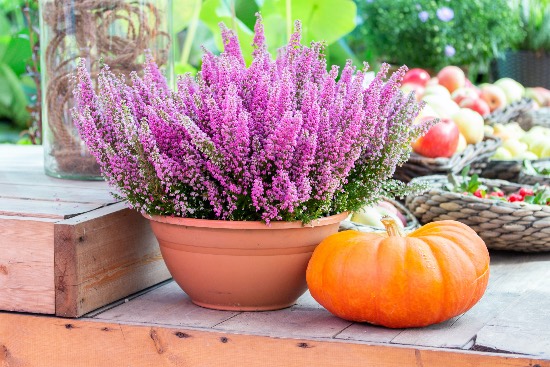
Apart from this detail and returning to that versatility that we were talking about, it is interesting to know that to ensure its longevity, the ideal is to grow it in a pot. And not only that: although it is a plant that is found mainly outside the home, it can also be grown as part of our indoor plants.
1. Good light but no direct sun, the starting point
To be able to flower in conditions, the Erica gracilis a good lighting. Something that, especially if we grow it indoors, is important. However, despite its light needs, it does not do too well in direct sunlight as it can dehydrate. For this reason, and especially if we have it planted in the ground, the ideal is to find a semi-shade location for it.
If we live in a warm climate, planting it in the shade will be even more recommended for its well-being.
2. Acid soil with good drainage, two vital details for Erica gracilis
Since it is a rustic plant, we can make the mistake of believing that it can grow anywhere. And no, it’s not. Erica gracilis demands acidic soil to be able to develop in conditions, so it is essential to plant it in a substrate for acid plants. Otherwise, we would have to acidify the ground monthly with iron.
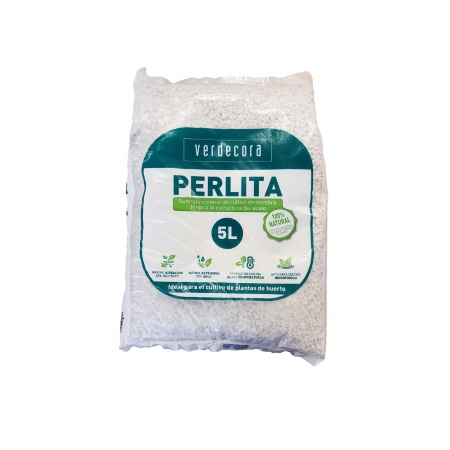
But just as important as the substrate is knowing the characteristics of the soil. The Erica gracilis needs effective drainage, as its roots suffer a lot! of excess water. For this reason, it is important to add one of the types of substrates for plants that will make it easier for us to avoid waterlogging: perlite. Mixed with the substrate, it will favor the roots of the plant to be properly aerated.
If the idea is to plant it in the ground and the soil is clayey, it is better that we opt for the pot. Our plant can suffer and even compromise its health.
3. Moderate and frequent irrigation, the key to its cultivation
It is, without a doubt, the most delicate care of the Erica gracilis. And nothing like understanding your needs to understand exactly how your irrigation should be. We are talking about a bush with fine roots, which demands to have the substrate always slightly moist, and that does not tolerate drought or waterlogging.
How should it be watered then? If it is planted in a pot, the ideal is to immerse the root ball from time to time and regularly control the humidity of the substrate, checking how the substrate is beyond the surface. If it is planted directly in the ground, we will check the humidity before watering again.
Another important detail is that we always water with non-calcareous water, or with rainwater.
4. Subscriber in spring, an aid in its growth
It is an occasional care and we should not abuse it. In general terms and due to its natural origins, Erica gracilis does not need fertilization. However, applying it in early spring will be key to helping it grow.
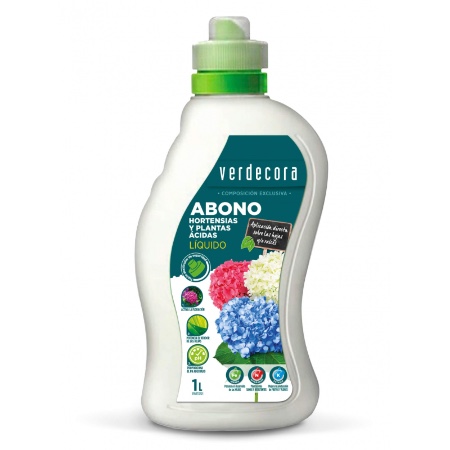
The ideal is to use a fertilizer for liquid acid plants, which we can dilute in the irrigation to ensure that the roots absorb the nutrients correctly.
5. Pests, an occasional problem in Erica gracilis
In general, Erica gracilis is resistant to pests and diseases. In dry climates with little environmental humidity and in poorly cared for plants, mites and mealybugs may appear, although it is not usual. In case of making an appearance, the ideal is to apply specific insecticides as soon as possible.
More than pests, the main enemy of this wonderful plant is excess watering.
And with these simple cares, there is no doubt that our Erica gracilis will fill autumn with color and flowers. A gift of nature that is worth enjoying.


![Photo of The Best Electric Brushcutter: [Our Pick]](https://www.complete-gardening.com/wp-content/uploads/2022/08/the-best-electric-brushcutter-our-pick-390x220.jpg)
![Photo of Phalaenopsis Orchid Care: [Soil, Humidity, Pruning and Problems]](https://www.complete-gardening.com/wp-content/uploads/2022/08/phalaenopsis-orchid-care-soil-humidity-pruning-and-problems-390x220.jpg)
